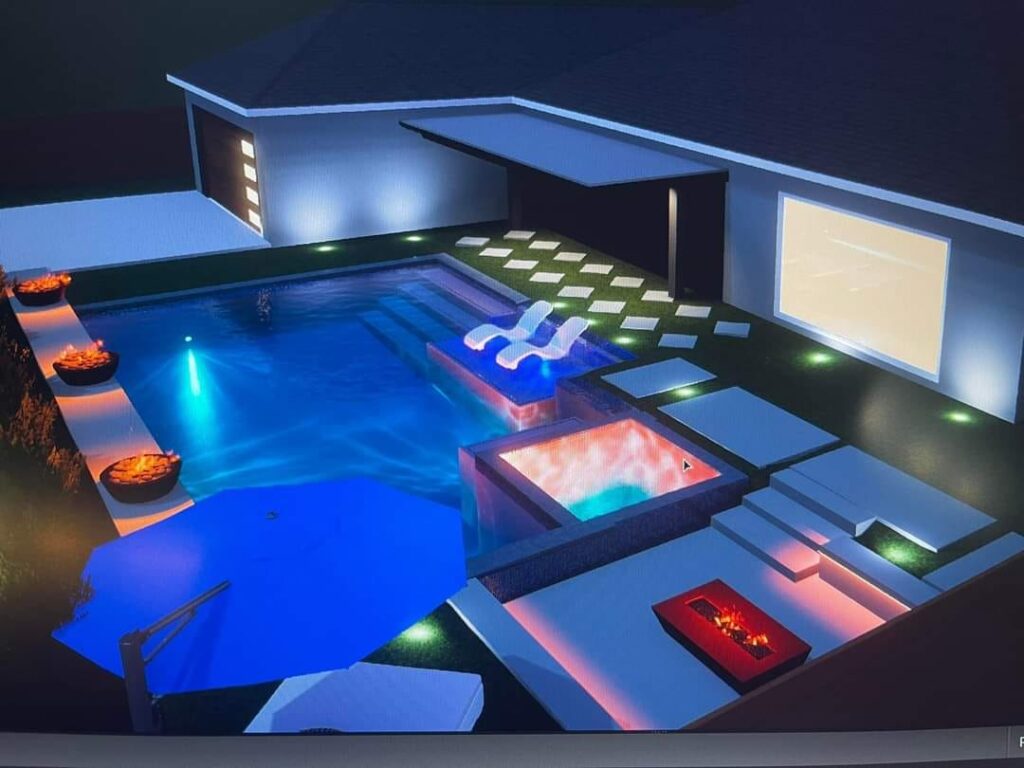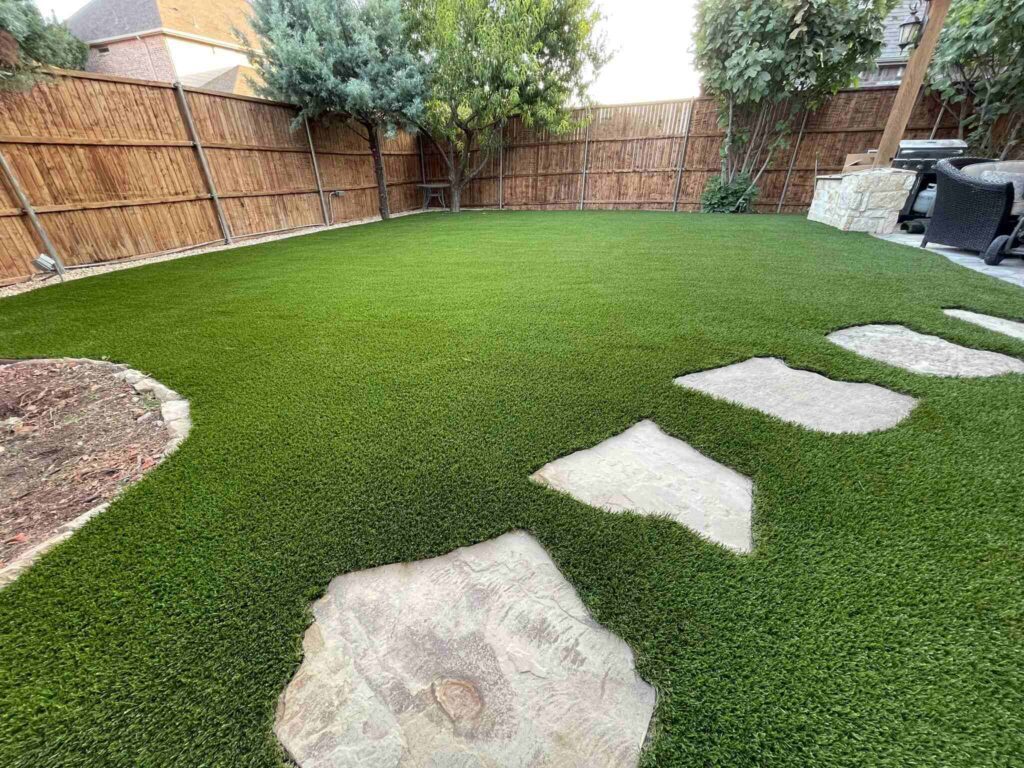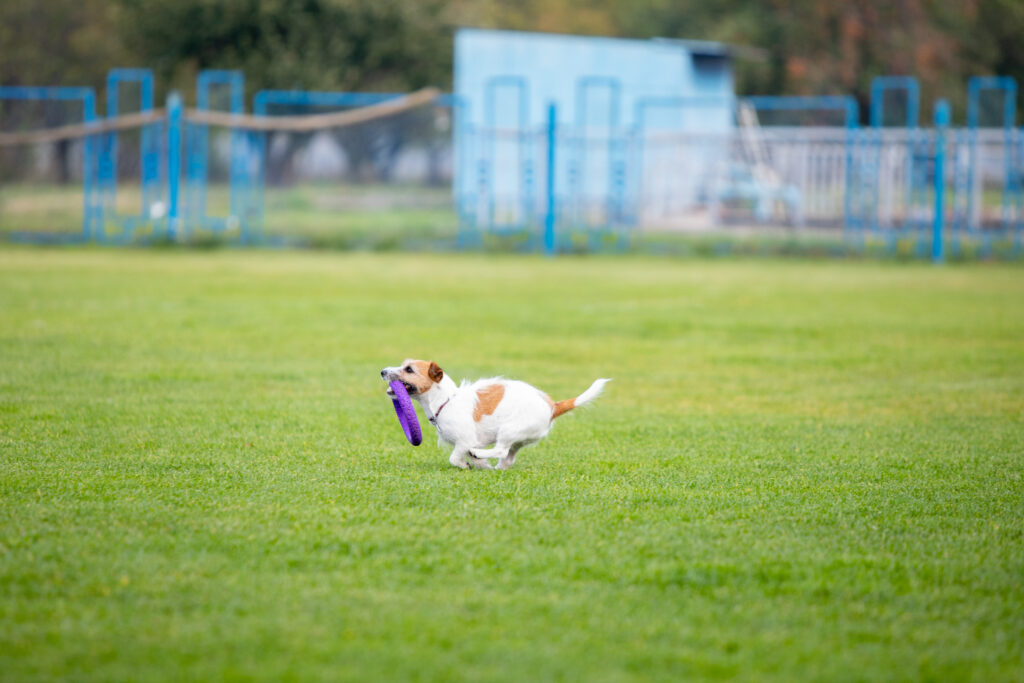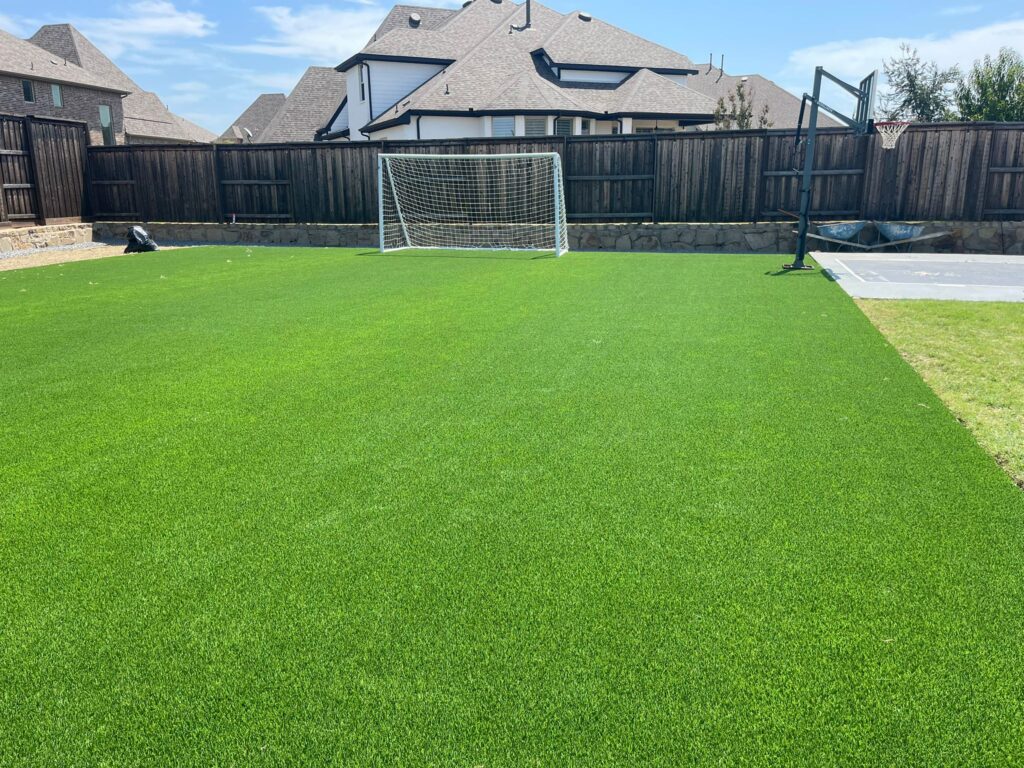Is artificial grass toxic
When considering whether artificial grass is toxic, it’s essential to explore the materials used in its production. Most modern artificial turf is made from polyethylene or polypropylene, which are generally regarded as safe. However, older installations might contain crumb rubber infill sourced from recycled tires, raising concerns about potential chemical leaching and heavy metals. Recent studies suggest that while some particles may be released under certain conditions, the overall risk to human health remains low for most users.
Another perspective worth noting is the environmental impact of artificial grass compared to natural alternatives. While it eliminates the need for pesticides and fertilizers—often harmful to ecosystems—it can contribute to urban heat islands due to its synthetic nature and absorption of sunlight. Furthermore, disposal presents challenges since many materials aren’t biodegradable. As homeowners weigh these factors in their decision-making process about installing artificial grass, understanding both safety attributes and ecological responsibilities helps foster a more informed choice regarding their landscaping investments.
Does artificial grass get hot
Artificial grass can indeed become quite hot, especially under direct sunlight. The materials used in its manufacture, such as polyethylene and polypropylene, absorb heat more than natural grass does. This can lead to surface temperatures rising significantly on sunny days, sometimes reaching levels that are uncomfortable to walk on barefoot. However, the degree of heat retention varies based on factors like blade color and infill type; darker shades tend to absorb more heat while lighter hues reflect some of it away.
Interestingly, there are innovative solutions designed to mitigate this heat issue. Some manufacturers now offer products embedded with cooling technologies or reflective coatings that help reduce the surface temperature by several degrees. Additionally, advancements in synthetic fibers mimic the cooling effect of real grass by promoting airflow through their design. Homeowners looking for a cooler alternative might also consider proper placement of shade elements like trees or umbrellas around their artificial turf areas to enhance comfort during hotter months. With careful selection and strategic planning, enjoying a lush green yard without suffering from overheating becomes an achievable reality.
Average cost of artificial grass/is artificial grass expensive
When considering the average cost of artificial grass, it’s important to understand that its price can vary significantly based on several factors, including quality, type, and installation. Typically, homeowners can expect to pay between $5 to $20 per square foot for high-quality synthetic turf.
artificial grass cost per sq ft
The average cost of artificial grass can vary, but many homeowners are surprised to find it priced at around $7 per square foot when considering products from reliable suppliers like TX Pavers and Turf.While this initial investment may seem steep when compared to natural grass,there are long-term benefits that often justify the expense. TX Pavers and Turf offers a unique feature with their 3D graphics for design previews. This innovative tool allows you to visualize how different styles of turf will integrate into your landscape, bringing creativity to every project. With this advanced technology at your fingertips, you can make informed decisions about colors and textures that best fit your vision For instance, artificial grass eliminates the need for regular watering, mowing, and fertilization—resulting in substantial savings on water bills and landscaping services over time.

Is artificial grass bad for the environment
While artificial grass initially presents a convenient and low-maintenance alternative to natural lawns, its environmental impact requires careful consideration. One major concern lies in the materials used—most synthetic turfs are made from non-biodegradable plastics like polyethylene and polypropylene, contributing to plastic pollution when they eventually wear out. Unlike natural grass, which naturally decomposes and integrates into the ecosystem, artificial turf can remain in landfills for centuries, posing long-term ecological challenges.
the installation of artificial grass often disrupts local ecosystems. Natural grasses promote biodiversity by supporting various insects and microorganisms essential for healthy soil systems. In contrast, replacing these with synthetic options eliminates habitats for local wildlife while reducing water absorption and increasing runoff during rainfall events—a factor that can exacerbate flooding in urban areas. Despite some manufacturers touting their products as eco-friendly, it’s crucial to investigate whether these claims hold up against broader ecological benchmarks.
there are angles of hope regarding artificial grass use: certain brands have begun exploring sustainable production methods or utilizing recycled materials. Additionally, for regions grappling with chronic water scarcity or stringent water usage regulations, synthetic turf can provide an alternative that conserves resources while still offering greenery aesthetics. Ultimately, the decision to install artificial grass should be weighed carefully against both immediate needs and long-term environmental consequences; informed choices will foster a more sustainable future for our shared landscapes.
artificial grass el paso tx
Artificial grass in El Paso, TX, has emerged as a popular solution for homeowners and businesses looking to enhance their outdoor spaces with low maintenance and environmental sustainability. many El Pasoans are discovering the versatility of artificial grass beyond traditional residential applications. Commercial properties, such as hotels and restaurants, have started embracing synthetic turf in their landscaping designs to create inviting outdoor areas that require less upkeep.
Artificial grass vs sod
When considering artificial grass vs sod, it’s essential to recognize that each option caters to different lifestyles and preferences. Artificial turf provides a maintenance-free solution, eliminating the need for mowing, fertilizing, or watering. This is particularly appealing for busy homeowners who crave a lush lawn without the commitment of traditional upkeep. Additionally, innovations in synthetic materials have made artificial grass remarkably realistic, mimicking the vibrant look and feel of natural grass—which can be a game-changer for those prioritizing aesthetic consistency throughout the seasons.
On the other hand, natural sod boasts benefits much deeper than surface appeal; it contributes to environmental health by supporting local ecosystems and promoting biodiversity. A real grass lawn can absorb rainwater better than synthetic alternatives, reducing runoff and aiding in groundwater replenishment. Moreover, sod offers a unique sensory experience—think soft blades between your toes during summer barbecues or the invigorating scent after rainfall—that cannot be replicated with artificial options. Ultimately, choosing between artificial grass vs sod hinges on lifestyle preferences: are you seeking convenience or an authentic connection to nature?
Artificial grass vs real grass
Artificial turf, offers a visually appealing landscape that demands very little upkeep. Imagine transforming your yard into a lush green oasis that’s always ready for gatherings or kids’ playdates without the hassle of lawn care.
What’s more intriguing about artificial grass is its environmental impact as society increasingly shifts towards sustainability. While it may take energy to produce and install synthetic turf, it eliminates the need for chemical fertilizers and pesticides that can run off into local waterways, preserving nearby ecosystems. Additionally, modern advancements in technology mean that many products are made from recycled materials and designed to last over a decade—turning what might seem like just an aesthetic choice into a long-term benefit for both homeowners and the environment alike.
let’s not overlook the sensory experience associated with natural grass—the cool feel underfoot in warm weather or the aromatic scent after rain showers—that synthetic options strive to replicate but often fall short on making you feel truly connected to nature. This emotional connection presents a unique dilemma: while artificial turf excels in practicality and efficiency, nothing quite matches the genuine ambiance of real greenery when considering your outdoor space’s overall atmosphere. Ultimately, understanding these dimensions will guide your decision based not only on aesthetics but also lifestyle preferences and values.





